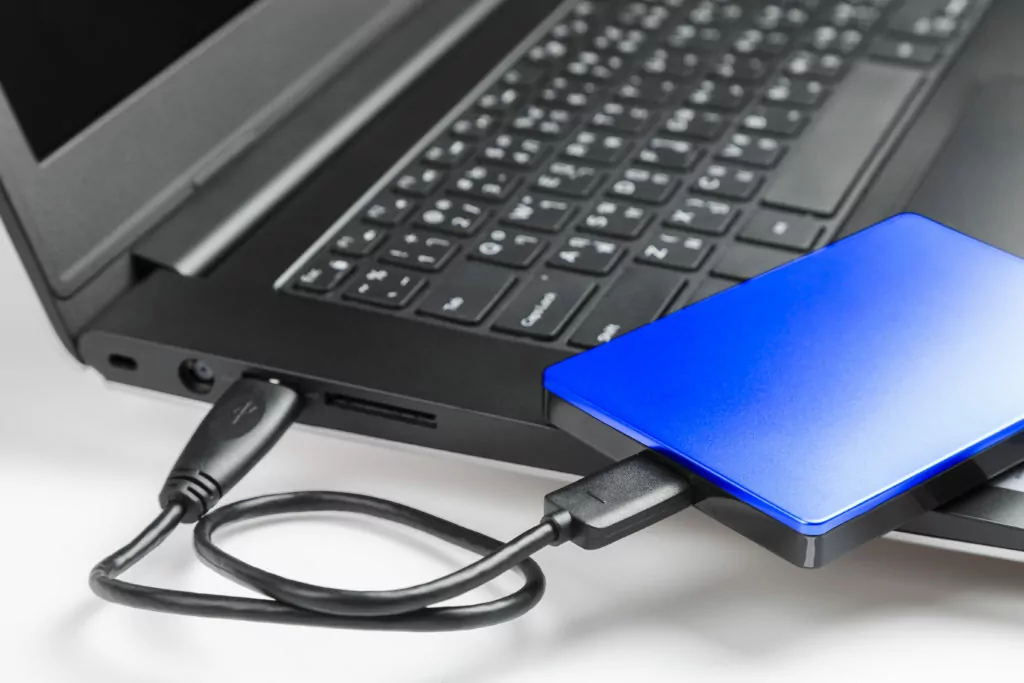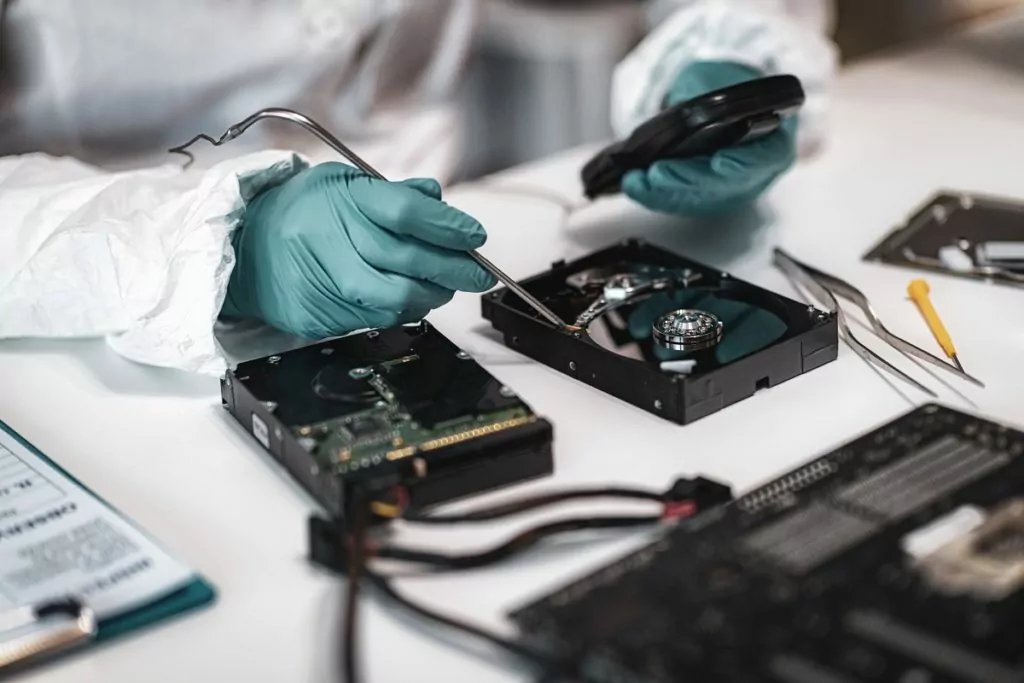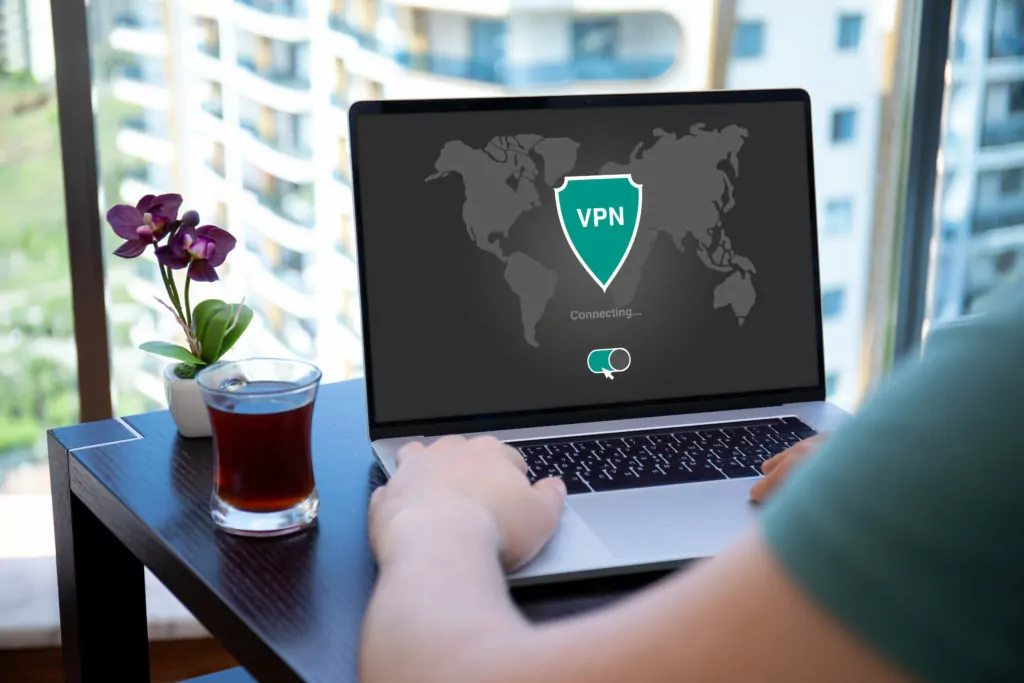Here’s everything about your employer being able to see if you copy files from your work computer:
There are many ways that an employer can see if and when you copy files from a work computer.
Monitoring systems and computer logs provide the information and can even send off alerts.
But, your employer will only be able to track activity if they set up the ability to do so before you make your copy.
So if you want to learn all about how your employer can track if you copy files from your work computer, then you’re in the right place.
Keep reading!
- Are Cell Phones Allowed on Oil Rigs: Rules?
- Adding Someone to Email Thread: Proper Etiquette?
- CC, BCC, Reply All: Email Etiquette?
- Employers Reading Your Emails: After You Leave?
- Work Email to Personal Email: Okay to Send Email?
- Company Laptop for Interview: Safe?
- Asking For a New Laptop at Work: How to?
- Asking For a Laptop at Work: How to?
- Plugging Phone Into Work Computer to Charge: Safe?
- Working From Home Data Usage: How Much?

How Can Your Employer See What Files You Copy? (4 Ways)

It’s easy to say that an employer can see what you copy, but how do they do it?
It all comes down to software, but there are a few key tools that make it possible.
Monitoring software, server systems, and computer logs are the most common resources for this.
#1 File Monitoring Systems

There are software companies that make packages specifically designed to monitor file transfers.
Such software keeps track of every time a file is copied, and it can even be set up to send an alert when certain behaviors are observed.
If a certain file is flagged, your employer might be notified every time it is copied, especially to an external device like a flash drive.
Such software can be installed on individual devices.
It can also run through centralized servers that have access to company networks and all devices on the networks.
Software like ManageEngine’s DataSecurity Plus is all about monitoring file behavior and when it is copied.
If your company uses any software like this, your employer can definitely see when you copy files.
More than that, they are likely to receive an overt warning if you copy important files in a way that is not permitted.
#2 Central Log-In Servers

A lot of businesses use central login servers.
These are specific types of servers that are designed to provide a consistent employee experience across a number of workstations.
Here’s how they work. Basically, you set up one server, which is the “central login server.”
Computers around the office can connect to that server to perform normal business tasks.
As an example, a doctor’s office might have several computers around the facility.
Each of those computers could be connected to the central login server.
When a computer works with the server, the server does most of the heavy lifting.
Files are primarily stored on the server along with software that is frequently used.
Because the server does the hard work, each workstation computer can get away with being older, less expensive, and less powerful.
At any given workstation, an employee signs in with their unique account.
No matter which computer they are using, they have access to the same setup, software, and files on any of the connected machines.
The connected PCs basically work as terminals that access the important resources that are all stored on that central server.
What does this mean for copying files?
It’s pretty easy to set up a server to make a log of every file transfer that happens.
Any time you copy a file from a workstation, it is really copying the file from the central server (with some possible exceptions).
The central server can log that activity, and the employer (or IT department) can see which account was active for any given transfer.
They can rather easily see when you copy the files, even if it’s to a flash drive.
#3 Computer Logs

Even if your company doesn’t use a central login server, individual PCs can create logs of file interactions.
In general, your PC makes log files of all kinds of activity.
Some of those logs are created under standard settings, but others are not.
For a typical PC, the out-of-box settings do not involve creating logs every time a file is copied.
While it’s not standard, those logs can be activated on most PCs, especially if they are running enterprise versions of Windows or other operating systems.
Once this setting is enabled, your computer creates a timestamp every time you copy a file.
More specifically, the settings are typically there to note any time a file is copied to an external device.
So, if you use a flash drive, external hard drive, or network file transfer protocol, a log is supposed to be created.
Whether or not this is an issue with your work computer largely depends on how much control you have over the computer.
It varies by business, but IT administrators can severely restrict employee access to administrative controls on any given computer.
This means they can turn on file transfer logs and deny you the ability to turn them off.
You can see if your computer is keeping these logs by going to the Event Viewer (if you are running Windows).
You can browse the logs, assuming you have permission, and not what information is being saved.
Ultimately, these logs can be used to see what files you copy, but it’s cumbersome to try and manage logs this way.
You wouldn’t want someone to go through the logs by hand.
That leads to the need for software or a script that can browse the logs automatically.
This really feeds back to the idea of a file monitoring system.
#4 Forensic Technologies

Forensic technologies are a bit of a mixed bag.
They are designed to help anyone interested recover lost information regarding a computer.
Forensic software and techniques can be used to recover deleted files and information on damaged computers.
They can also be used to try to recreate states on a computer.
This can be used for analytical purposes or to figure out what was done on a computer.
Technically speaking, there are forensic technologies that can try to retrace the steps of file transfers on your computer, but their accuracy can vary pretty wildly.
In most cases, if your system didn’t create a log when the file transfer happened, the forensic resources have to do a lot of guesswork to figure out when or how a file was copied.
If the sole goal is to figure out if certain files were ever copied, the results will be mixed at best.
But, sometimes, the when’s and how’s of file transfers can come up when forensic technologies are applied to computer systems.
The bigger picture is that forensic IT is usually very expensive.
There has to be a good reason to invest the time and money for such an investigation.
When Can’t Your Employer See What Files Are Copied? (3 Points)

If monitoring mechanisms are in place, the employer can see when a file is copied.
But, are there times when an employer might be blind to this activity?
Is it just a matter of whether or not the logs are created, or are there things that can mask a file transfer even when the activity is monitored?
The answer to this question can get into complicated territory, but there are a few scenarios that come to mind.
#1 You Control the Device

Take-home work devices are far less likely to be closely monitored for file copying.
This is true for a couple of reasons.
First, you’re already being trusted with the device outside of your workplace.
Simply put, you have the physical ability to steal information from the computer because it is in your possession.
Typically, if you have garnered that kind of trust, no one needs to carefully monitor your file transfer habits.
Naturally, not every company will agree with this philosophy, but it’s a common enough line of thinking.
The second reason file tracking is less common with take-home devices is that you tend to need more direct control of the device.
You’re nowhere near your IT department when you take the device away from the office, so most administrators won’t want to heavily restrict what you can do with the computer.
It’s generally more efficient to give you the ability to take care of the device.
What this is all getting at is that if you have administrative control over the device, then you can determine what logs are and are not created.
It’s more common for an employee to be given such administrative control over a device that they take home.
Of course, none of this is guaranteed.
It’s really all about administrative privileges and what the software will allow you to do.
#2 Secure Tunnels

This can get a little complicated.
If you’ve heard of a VPN, it’s a way to create a secure and private connection between devices.
With a VPN, you could connect to a work device and transfer data, and a lot of possibilities arise when you get into this scenario.
A VPN won’t necessarily obscure a file transfer, but it makes everything a bit more complicated.
One of the common reasons to use a VPN is to mask the IP address of a device.
Here’s how it works.
You connect to a VPN server.
Anything you do through external networks runs through that server.
So, if you were to watch Netflix on a computer, Netflix would actually stream the video to the VPN server.
That server would then route the stream to your device.
The point is that Netflix has no idea what device you are using or where it is located.
VPN tunnels also secure connections so that it’s a lot harder for outside devices to see what is done through that connection.
Here’s how this applies to copying files from a work device.
If you can create a tunnel between your work computer and, say, a home computer, then that tunnel can be used to copy files.
The work computer will see your VPN server and send information to it.
The work computer will never know the final destination of those files.
Now, the VPN does not mask or confuse file transfer logging related to the work device.
Those logs still exist, so an employer could still see that a copy was made.
But, the employer does not know where the copy went.
If you have a unique login or a unique work device, then they’ll know whose computer or login was used for the copy.
There are a lot of possibilities with all of this, but VPNs can make it harder for an employer to know what happened.
#3 Too Many Files Are Copied

File transfers can also be masked in a crowd, so to speak.
If you copy a file or folder that is frequently copied, things can be harder to track.
Technically, logs will still be created, and they’ll know that the files were copied.
They’ll even know that you copied the files.
But, any particular instant can hide in the masses.
A file that is regularly copied creates so many logs that it’s difficult to assign meaning to one particular instance.
Even if it’s a confidential file, if it’s used in this way, it would be hard to say that any one time the file was copied was a problem.
It’s even harder to tell if multiple users work with the file on a regular basis.
Hiding in plain sight is valid even when computers are involved.
How Likely Is a Company to Monitor File Copying?

Sure, an employer can see if you copy files from your work computer.
The bigger question is, will they see it?
How likely are they to employ a monitoring system or keep logs or even go through the logs if they keep them?
The answer to that question depends on the files themselves and the person in charge.
Some people simply want to keep a close eye on these things, and they will monitor every file whether the file has a unique value or not.
It’s a personality thing.
More often, monitoring has to do with the value of the file (or files) in question.
Why would it matter if the file was copied to a flash drive?
Confidential files might be monitored because of obligations.
For instance, a healthcare facility might monitor file transfers to ensure HIPAA compliance.
Other times, the file itself is very valuable.
A company like Apple probably keeps an eye on confidential files for development projects.
If they’re working on the next great iPhone feature, they don’t want that information to leak to the public (and especially not to competitors) before the time is right.
So, they’ll probably watch such files like a hawk.
If the file was just a list of toppings for pizza for an office party, it’s probably not worth watching closely.
You get the idea.
- Are Cell Phones Allowed on Oil Rigs: Rules?
- Adding Someone to Email Thread: Proper Etiquette?
- CC, BCC, Reply All: Email Etiquette?
- Employers Reading Your Emails: After You Leave?
- Work Email to Personal Email: Okay to Send Email?
- Company Laptop for Interview: Safe?
- Asking For a New Laptop at Work: How to?
- Asking For a Laptop at Work: How to?
- Plugging Phone Into Work Computer to Charge: Safe?
- Working From Home Data Usage: How Much?

